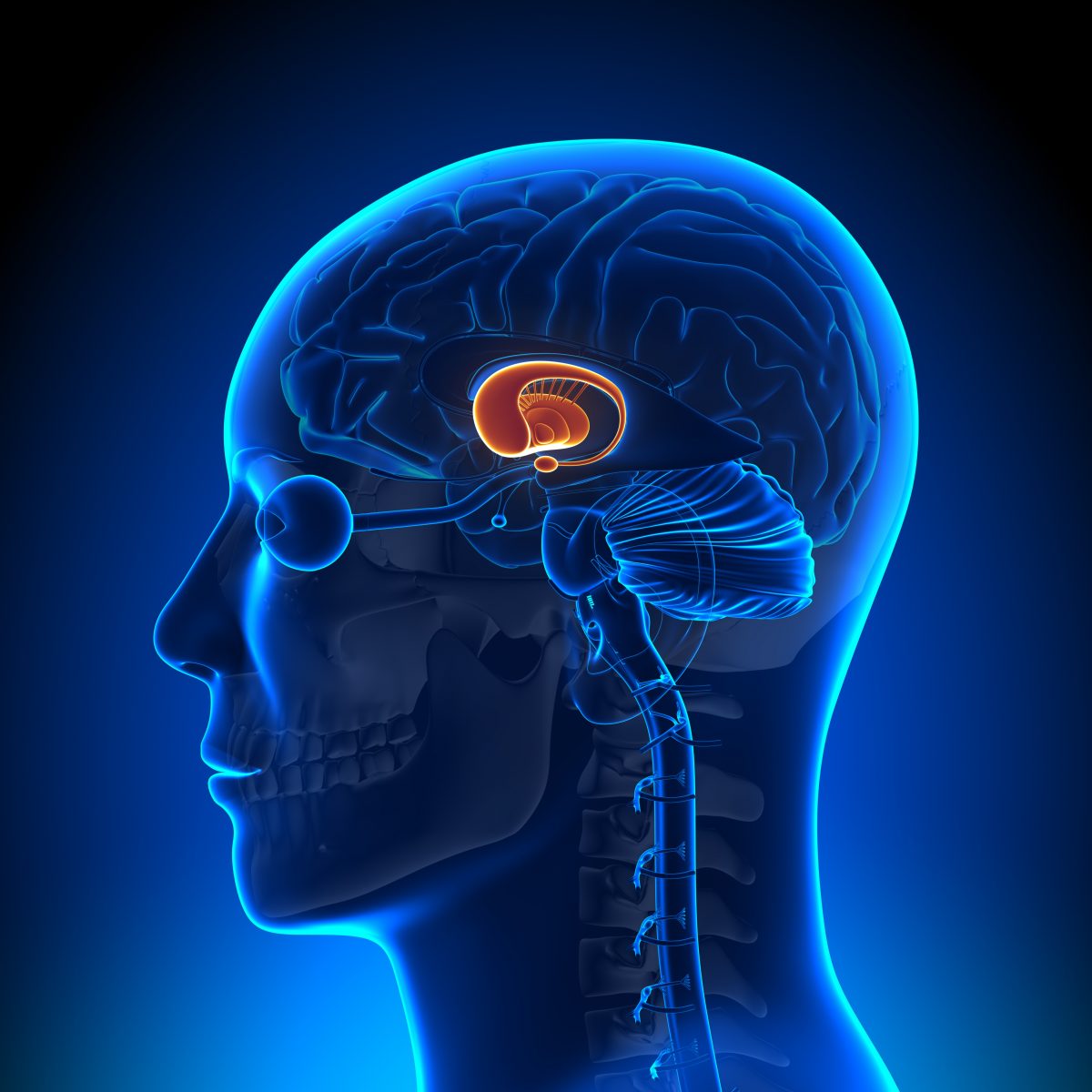New Model of Specific Brain Region Might Lead to Better Huntington’s Disease Treatment
Written by |

What do people with Huntington’s disease, obsessive compulsive disorder, and ADHD have in common? The answer is the basal ganglia, a brain region that controls movement. Recent research suggests a new model for how this region initiates and sustains movement, showing that two pathways, previously thought mutually exclusive, can actually work in parallel.
The study, “Complementary Contributions of Striatal Projection Pathways to Action Initiation and Execution,” published in the journal Cell, suggests that the new findings might lead to new, improved ways of treating movement diseases.
Diseases of a brain area called the basal ganglia, such as Huntington’s disease, have traditionally been explained by the presence of two pathways in this brain region, termed the direct and indirect pathways, not working properly together.
Researchers believed that to trigger movement and allow it to be smooth and well-timed, one of the pathways needed to be activated. To stop or prevent a movement, signaling in the other pathway was needed.
In 2013, senior author of the study Rui Costa at the Champalimaud Centre for the Unknown in Portugal questioned the theory in a report published in the journal Nature. Findings from other labs have since supported his original suggestions. Earlier this year, Costa published a study demonstrating that the two pathways are not necessarily working in a mutually exclusive manner. Sometimes they work in a parallel way to promote different actions.
“It’s not a question of good cop, bad cop,” Costa said. “It’s not simply one pathway saying ‘do this’ and the other saying ‘don’t do this’. Reality is more complex than that and both pathways are required to promote or to interrupt an action.”
Costa and his team have used a method called optogenetics — activating genes with the use of light — to selectively trigger activity in the two pathways. In a set of experiments illustrating their findings, they trained mice to press a lever to receive a food award. When researchers inactivated the direct pathway, the animals froze, and could no longer perform the action. But activating the indirect pathway — the one that was believed to stop a movement — made the animals stray away from the lever, as if they had forgotten what they were about to do.
The recent study in Cell now suggests a new model, explaining data from experiments investigating the two pathways. Costa believes that the direct pathway is working to sustain action, while the indirect pathway controls switching of one movement to another.
“What we see is that, for different reasons, the direct pathway ‘tells’ the animal what action he must continue to perform, while the indirect pathway allows the performance of that action to continue, approves it — but also has the power to stop allowing it, that is, the power of veto,” Costa said.
This new model might impact the way people with basal ganglia diseases, such as Huntington’s, are treated. Drugs activating the direct pathway, used for example in Parkinson’s disease, another neurodegenerative condition impacting movement, lead to uncontrollable movements. Other drugs activating the indirect pathway slow patients down too much.
“Instead of massively activating one of the two pathways, it might be possible to treat the disorders of the basal ganglia with weaker modulators of both circuits. This could be a more efficient alternative,” Costa said. “It isn’t a question of inhibiting or activating one of them, but of restoring the balance between them.”





